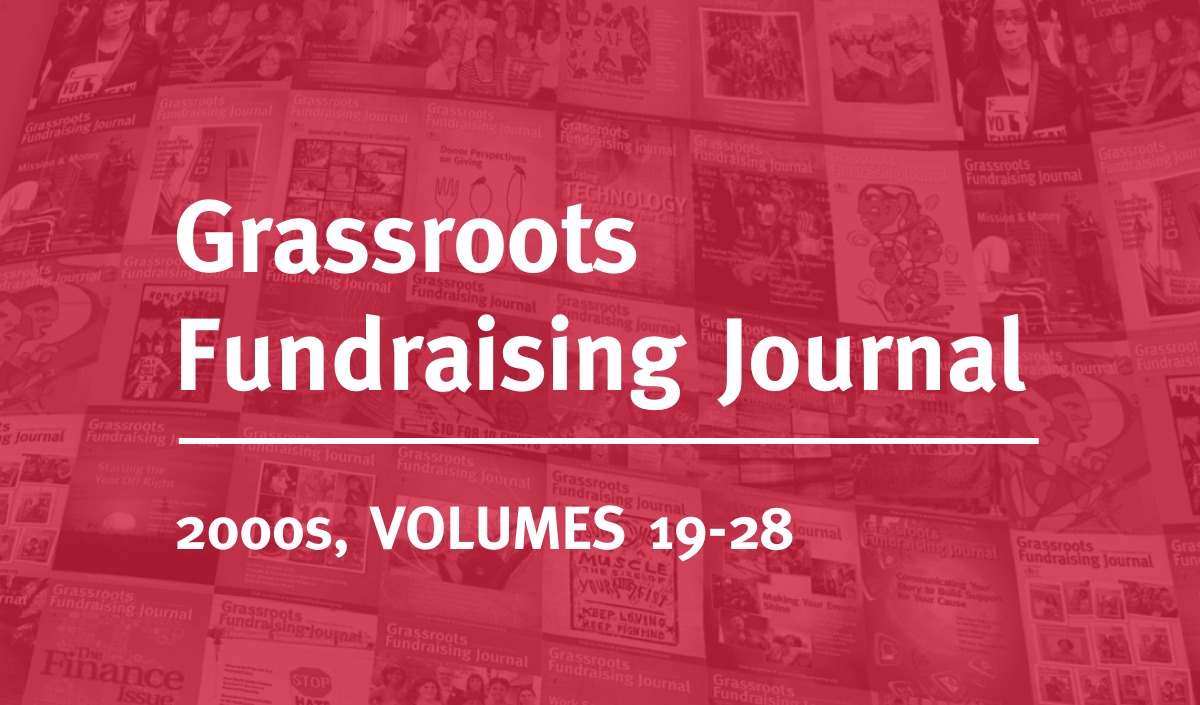December 12, 2011; Source: Herald-Leader | There have been a number of policy proposals emanating from the Council on Foundations among other entities for government support for community foundations serving rural areas, particularly aimed at capturing some proportion of the chimerical multi-trillion dollar “intergenerational transfer of wealth.” Liquid and illiquid assets will be moving between generations, including in rural areas typically thought of as limited in their indigenous wealth. Several community foundations have led studies to calculate the value of the wealth with the hope that identifying where it is and who has it can move community foundations in rural areas to devise strategies to capture a portion for philanthropy.
Just last month, the Appalachian Regional Commission gave $1 million to the Community Foundation of Hazard and Perry County, the Brush Fork Institute, the Foundation for the Tri-State in Ashland, and the Center for Rural Development to create 11 new community foundations in Kentucky. The program is the Appalachian Rural Development Philanthropy Initiative.
Sign up for our free newsletters
Subscribe to NPQ's newsletters to have our top stories delivered directly to your inbox.
By signing up, you agree to our privacy policy and terms of use, and to receive messages from NPQ and our partners.
The ARC grant should be able to leverage a new tax credit for donors of permanent gifts to community foundations, an incentive structure that exists in a couple of other states. The challenge is that the targeted counties in Kentucky—Bell, Clay, Elliott, Knott, Knox, Lawrence, Letcher, Lewis, Magoffin, Martin and Whitley—are among the poorest counties in the United States. The Kentucky Philanthropy Initiative calculated wealth in the state at $311 billion, and predicted an intergenerational transfer of $72 billion during the next 10 years and $173 billion over the next 20 years. That’s for the entire state. Will these poor Appalachian counties be able to tap some of this wealth for the needs of their residents? We will be watching.—Rick Cohen













